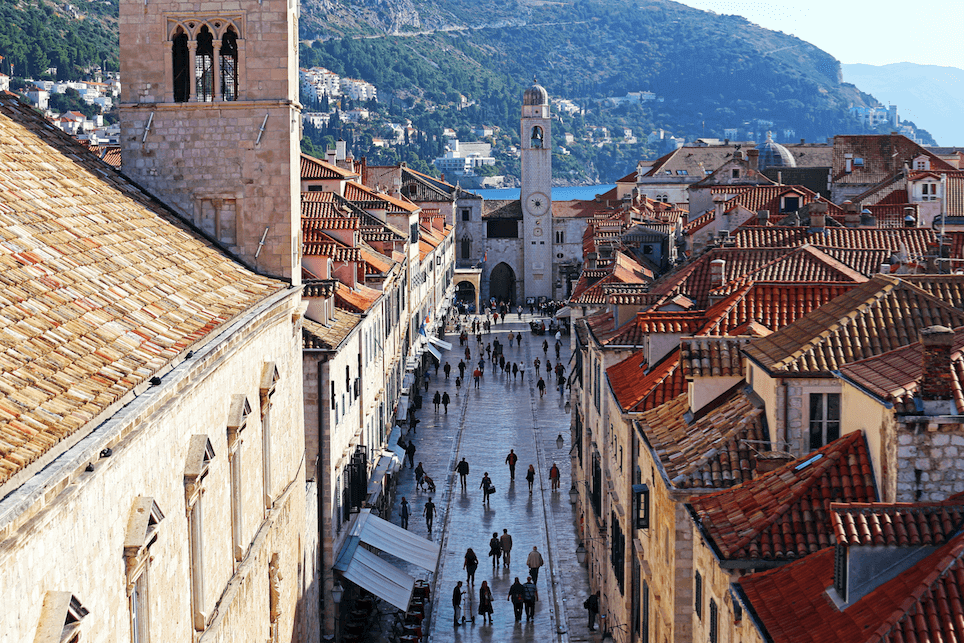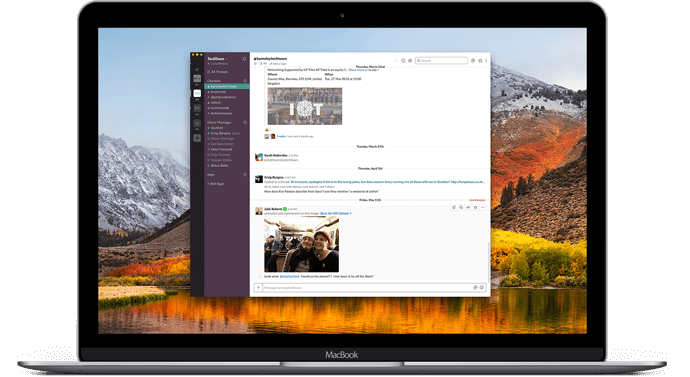Stunning and SMART – Why Dubrovnik is Turning Heads about Digital
Dubrovnik is the jewel of Croatia, a stunning and historic walled city on the glistening waters of the Adriatic Sea. A special holiday destination, now made even more famous by featuring in the TV series Game of Thrones.
In 2016 Dubrovnik was awarded ‘Best Smart City in Croatia’. Unlike many cities, the municipality didn’t turn to large tech companies to help solve their city challenges. Instead they asked their citizens to get involved and help find the right local solutions. Find out, how they did it….
In the following year, 2017, team TechTown made a visit to learn more.
What did we learn about?
Even beautiful cities have challenges. The numbers of tourists, for instance, can overwhelm the walled city; one cruise ship alone brings thousands of people. To monitor crowd flows for safety, digital cameras are positioned at the main entry points.


Another impact is that parking spaces are at a premium. Here smart parking sensors help to manage availability and drivers’ expectations of finding a spot via a mobile app. The sensor is designed to be robust and easy to install and is now being used across the city. The best car to have in Dubrovnik? A Smart car of course!

Lots of other smart projects have emerged, including solar-powered benches where you can charge your phone and a mobile app called Dubrovnik Eye, where any problems around the city can be reported to the municipality by citizens or guests. Reports are confirmed by a city administrator and delegated to the correct department, and people are then notified about how their issues are being rectified. All data is public and available online, something that reflects the open data approach that underpins the smart city programme.

The support of the city’s mayor and Dura, the City of Dubrovnik Development Agency, are critical factors – providing a framework of resources and support to run the hackathons and provide a suitable space. For instance, the Tech Lab in Dura allows young people to experiment with software and electronics and create their own prototypes.

A project created by the Croatian Association of Technical Culture involved students in exploring how much solar energy is being used in Dubrovnik. They were tasked with creating ‘solar flowers’ to measure the amount of energy that could captured. In doing so, they learnt about:
- Designing the best shape in relation to centre of gravity and the cost of manufacture
- The challenges of ordering components from overseas (the solar plates)
- Prototype production using 3D printing
- Soldering and assembly (and quality versus quantity)
- Promotion and demonstration

What equipment do you need to create a Tech Lab?
When setting up a technology lab, fab lab or hack space, it’s ideal to obtain expert advice. To provide an indication, here are some examples of the types of material and equipment that you may want to borrow or buy:
- Arduino
- Raspberry Pi
- 3D printer
- Laser cutter
- Soldering iron
- Connecting wires
- Adapters
- Gluegun
- Multi-meter
- Power supply
- WiFi
- PCs and Macs
Monitoring tools for simple tests:
- Water temperature sensor
- Soil humidity hygrometer (moisture detection sensor)
- pH probe
- Raindrop sensor
- Flex sensor
- Accelerometer module
- Infrared laser thermometer
Inspired by Smart City Dubrovnik?
If so, here are some tips to set up a smart programme in your city:
- Secure buy-in within your municipality to initiate a smart city programme, highlighting the benefits from cities such as Dubrovnik, perhaps small-scale at first
- Co-develop an action plan with stakeholders from across the city, ensuring different voices are represented
- Involve local people in identifying city challenges
- Explore which challenges could be solved by a technology approach
- Organise events such as hackathons to attract the local tech community and entrepreneurs to create new digital solutions to the challenges
- Facilitate trials of the new solutions with the city council and local businesses
- Ensure success is recognised and highlights of the programme are widely shared to enable further development and spin-off projects, so more people of all ages can get involved.
For further reading about Dubrovnik and the work they’re doing, see Episode 6 of our TechTown Podcast.


